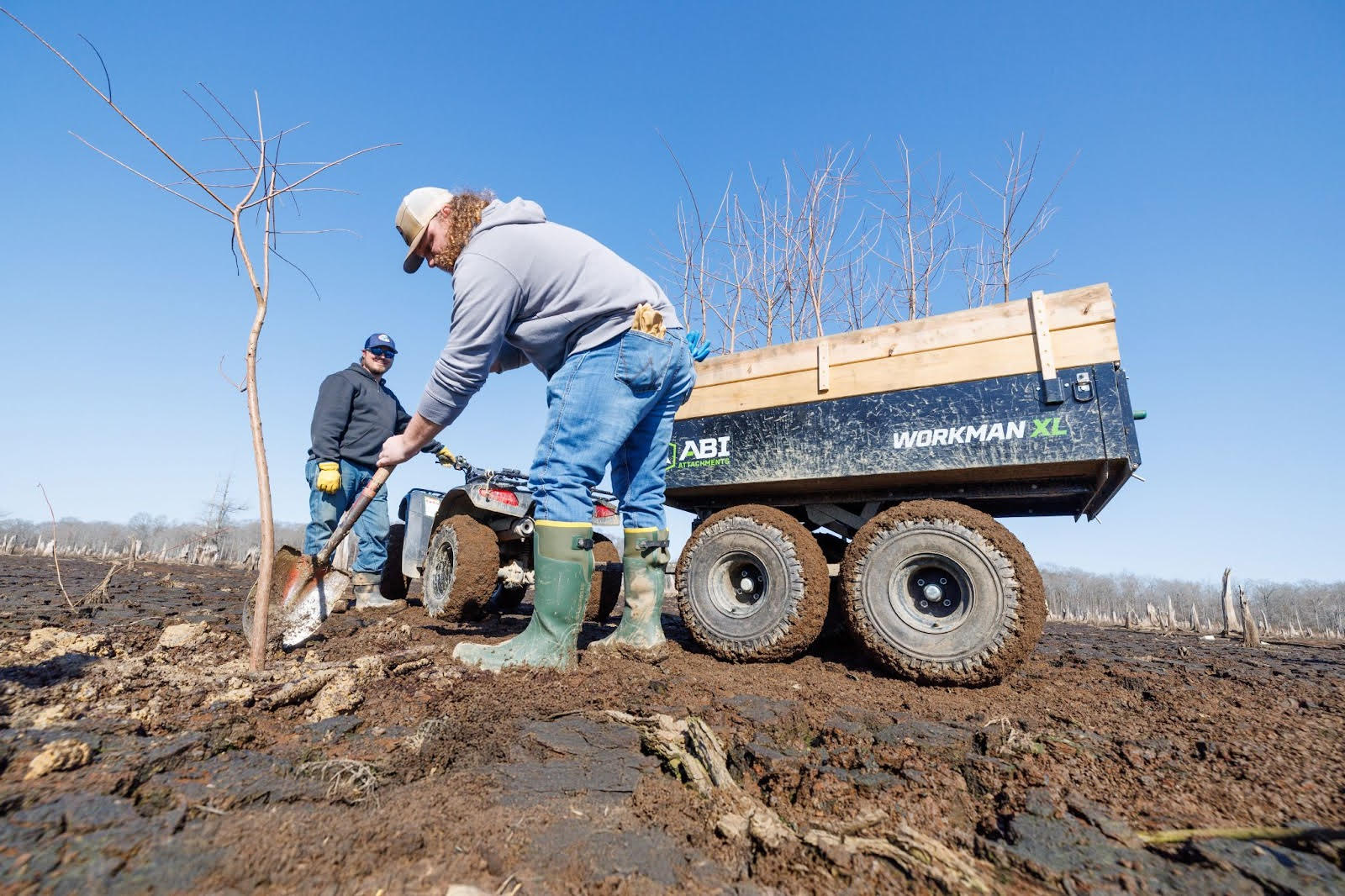Haying your pasture with an eye for wildlife
ON 06-10-2020

June 10, 2020
Randy Zellers
Assistant Chief of Communications
CALICO ROCK — With all the spring rains, most landowners are ready to hit the field to cut hay. There are a few things to consider this year before you get on that tractor.
Nothing changes the landscaping of your property overnight like hay-cutting your fields. A hay-cutting operation can transform a field’s wildlife use almost overnight, usually not for the better. With a little extra planning, you can minimize the disturbance to wildlife while still realizing profit from your hayfields.
Ted Zawislak, statewide private lands supervisor for the Arkansas Game and Fish Commission, says timing hay-cutting operations to avoid nesting season is an excellent start if possible.

“Try to delay haying until July 15 or later if you can,” Zawislak said. “This will allow ground-nesting birds time to hatch their broods.”
Cutting a little higher on the stem also can save quite a few nests and ground-dwelling wildlife. Terrapins and small mammals can be spared from the mower blades by simply raising the deck of the mower 4 inches above ground level. Installing Plexiglas around the leading edge and sides of a mower also can prevent wildlife from being drawn into mower blades.
Flushing bars also can save many grassland critters from the dangerous blades of a haybine or sickle bar mower. You can make a flushing bar by hanging 28 inch lengths of chain about 2 feet apart on a 10-foot section of angle iron mounted to the front of your tractor. The chains should be long enough to ride just above the surface of the ground. The first chain should be located 36 inches from the tractor frame. This method has been shown to effectively scare wildlife such as rabbits, turkeys, and some fawns away before they are hit by the hay cutter.
Zawislak says one way to help wildlife escape the mower and baler is to work from the inside out. Just as prescribed burns don’t completely surround an area until the last possible moment, you want to allow animals as much time to escape as possible.
“Begin cutting in the middle and move to outer borders if possible,” Zawislak said. “This allows young and adult wildlife to stay in existing cover and not become trapped inside an ever-decreasing circle.”
Once you get to the edge of the property, leave a little wild edge along the sides to give displaced wildlife a little shelter from predation. An uncut 30-foot or wider strip of hay around the outside of a field offers food, nesting, escape and brood cover for wildlife. Try to make the borders irregular shapes to prevent predators from keying in on a turkey or quail dinner.
“You can come back later in fall after nesting is not an issue and bush hog that 30-foot strip,” Zawislak said.
Hay cutting has some long-term positives for the landscape such as removing competition so the grass stand does not get too thick, however it’s the short term effects, primarily during nesting, that can be detrimental to wildlife. Hopefully, these few easy steps can make a landowner’s next hay-cutting operation more wildlife-friendly.
Visit www.agfc.com/habitat for more information on how you can improve and maintain your land for wildlife.
Recent News
Subscribe to Our Weekly Newsletter E-mails
Don’t miss another issue. Sign up now to receive the AGFC Wildlife Weekly Newsletter in your mailbox every Wednesday afternoon (Waterfowl Reports are published weekly during waterfowl season and periodically outside the season). Fishing Reports arrive on Thursdays. Fill in the following fields and hit submit. Thanks, and welcome!


